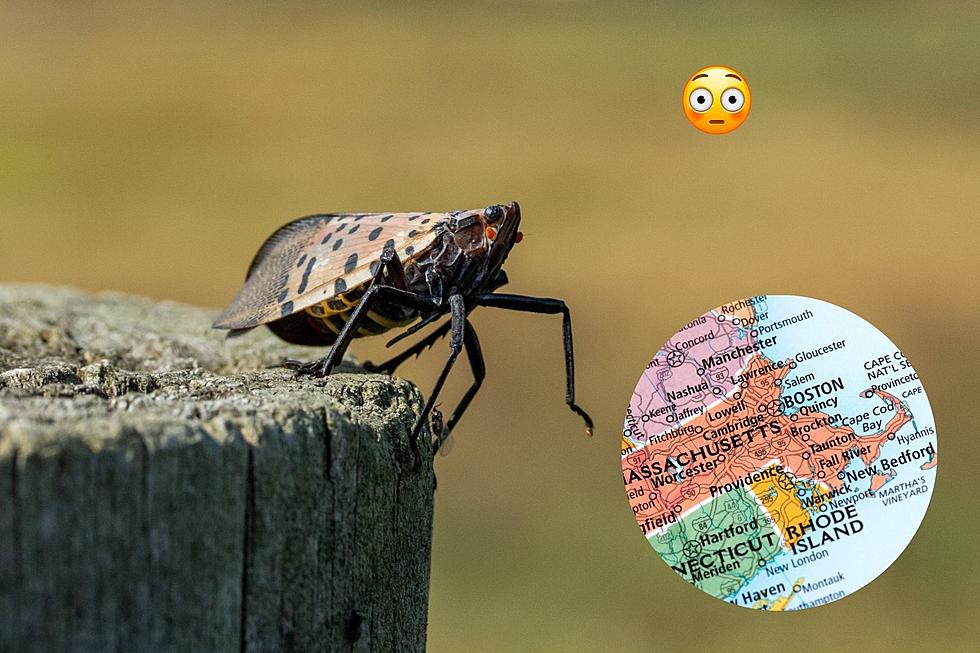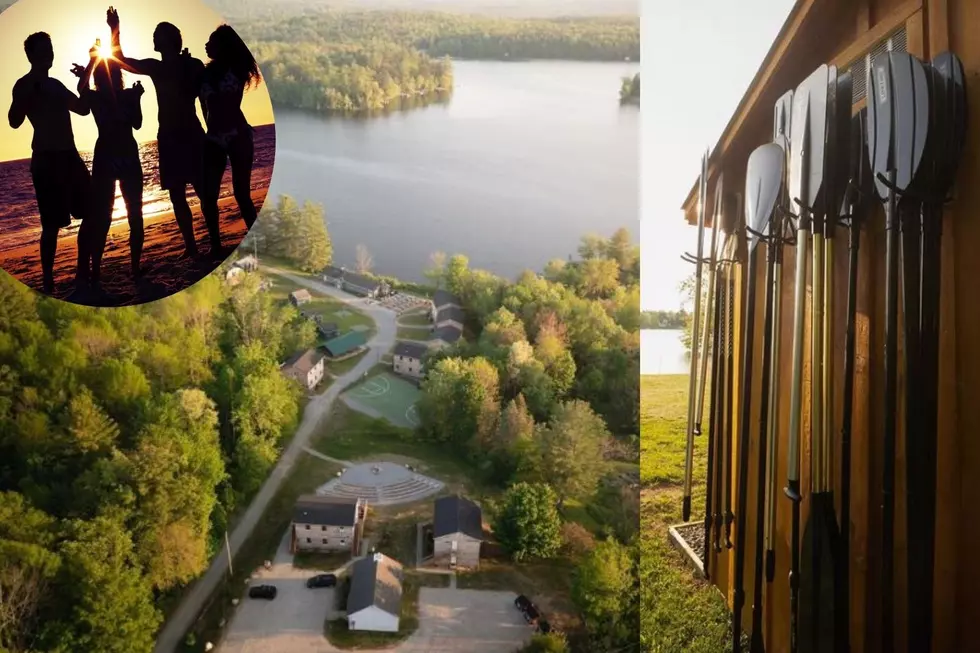
Watch Out: This Fly is Wreaking Havoc in Massachusetts
If you're like me, you are happy with the fact that we had a pretty mild winter in New England this year. We only got a handful of snowstorms, and the freezing cold, single-degree-temperature days were few and far between. We made it to spring basically unscathed. However, there are some downsides to wonter not serving up the freezing temps we are used to. Aside from the ski enthusiasts being disappointed, research says that freezing temperatures kill off the egg masses for harmful insects such as the spotted lanternfly.
The Massachusetts Department of Agricultural Resources reported on Facebook that Massachusetts is one of 17 states with established infestations of the spotted lanternfly (Lycorma delicatula or “SLF”).
The post goes on to say that this sap-feeding insect is a true pest in every sense of the word. They can cause significant impacts to vineyards, orchards, grapevines, maples, hops, blueberries, and over 100 other host plants. They also have the potential to negatively impact any outdoor business through their swarming behavior that occurs in late summer.
What does a spotted lanternfly look like?
According an article from Cornell University, the SLF have black-spotted, pinkish-tan wings folded over their backs. Both male and female SLF have yellow abdomens with black stripes.
Their egg masses are flat and grayish beige in color, which blends extremely well on tree bark and is therefore very difficult to detect (as photographed below).
What are you supposed to do if you spot a SLF?
If you find a SLF on your property, the Massachusetts Department of Agricultural Resources asks that you report it to them using this link. Their survey team will then reach out about the next best steps.
7 Invasive Insect Species That Can Damage Crops and Other Plants in New Hampshire
Gallery Credit: Kira
.
10 of the Best Free Things to Do in New Hampshire, According to Tripadvisor
Gallery Credit: Megan
More From 97.5 WOKQ









